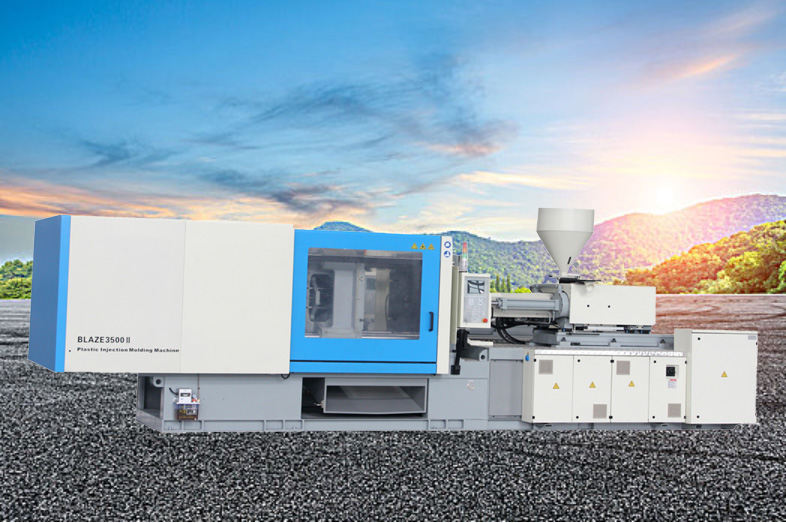Precise Control of Cooling Time in Injection Molding: Key to Efficiency and Quality Improvement

In the plastic processing industry, the injection molding machine is a core equipment for producing plastic products. During the injection process, cooling time is a crucial parameter that directly affects the quality of products and production efficiency. Let’s discuss how to scientifically determine the cooling time of an injection molding machine to help manufacturers optimize their production processes and enhance product quality and economic benefits.
Firstly, it’s important to understand the definition of cooling time.
In the injection molding process, after the molten plastic is injected into the mold and shaped as required, it needs to undergo a certain cooling period before the mold can be opened for product removal. This period is known as the cooling time. If the cooling time is too short, the product may deform or have inaccurate dimensions due to incomplete solidification. On the other hand, if the cooling time is too long, it will impact production efficiency and increase manufacturing costs.
So, how can we determine the appropriate cooling time? Several factors need to be considered:
Material characteristics: Different plastic materials have varying thermal conductivity and solidification times. For instance, PVC and PC materials generally require longer cooling times compared to PE or PP. Therefore, when determining the cooling time, the physical properties of the plastic being used should be considered first.
Product thickness: The thicker the product, the longer the required cooling time. This is because heat needs to be conducted through the thicker sections to the surface and dissipated into the environment.
Mold temperature: The mold temperature also affects the cooling time. Lower mold temperatures can shorten the cooling time, while higher temperatures require more time.
Cycle time: Cycle time refers to the total time required to complete one injection molding cycle. To maximize production efficiency, the cooling time should be less than half of the cycle time.
Environmental temperature: The ambient temperature in the production area also influences the cooling process. In higher temperature environments, the cooling time may need to be extended appropriately.
In practical production, several methods are commonly used to determine the cooling time:
Empirical formulas: Based on experience, standard formulas can be used to estimate the cooling time. For example, a simple empirical formula states that the cooling time (in seconds) is equal to the product wall thickness in millimeters multiplied by a specific coefficient (typically ranging from 2 to 4).
Computer simulations: Modern injection molding machines are often equipped with computer-aided design (CAD) and computer-aided engineering (CAE) software, which can predict cooling time and effects through simulation analysis.
Actual testing: In cases where there is no theoretical guidance or simulation conditions available, the best cooling time can be determined through actual production testing. This typically involves gradually adjusting the cooling time until the optimal production results are achieved.
To ensure the accuracy of cooling time, the following measures can be taken:
Use high-precision temperature controllers and cooling systems to achieve precise control of mold temperature.
Regularly inspect and maintain the injection molding machine to ensure proper operation of all cooling-related equipment.
Provide training to operators to help them understand the impact of different materials and products on cooling time.
In conclusion, cooling time is a critical parameter in the injection molding process, directly affecting product quality and production efficiency. By considering factors such as material characteristics, product thickness, mold temperature, and employing empirical formulas, computer simulations, or actual testing methods, the cooling time can be determined scientifically, thereby optimizing production processes and improving product quality and economic benefits.


